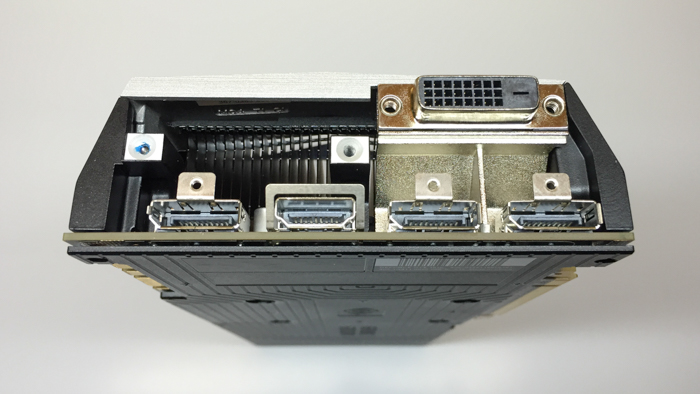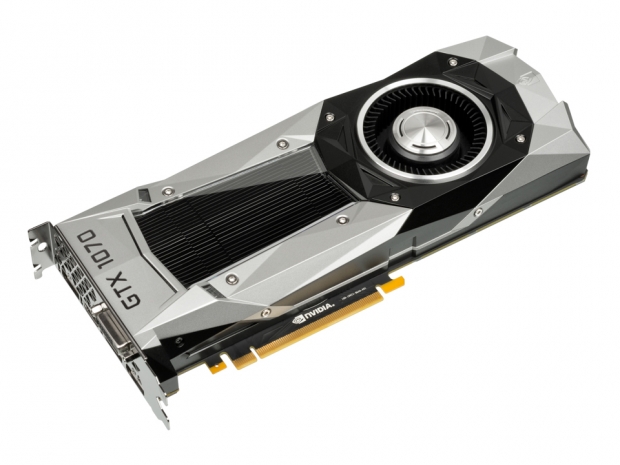Index
- Nvidia Geforce GTX 1070 Founders Edition review
- Hardware - Inside Nvidia's Founders Edition
- Geforce GTX 1070 Specifications
- Power efficiency and design
- Nvidia's Pascal GP104
- HDR display gaming now supported
- H.264 and HEVC playback on Geforce Pascal
- Single, double and half-precision performance
- PCI-E 3.0 x8 and PCI-E 3.0 x16 bandwidth
- Test setup
- Results - Fallout 4
- Results - Far Cry 4
- Results - No Man's Sky
- Results - The Elder Scrolls V: Skyrim
- Results - Just Cause 3
- Nvidia GPU Boost 3.0
- Conclusion
- All Pages
Hardware – Nvidia Founders Edition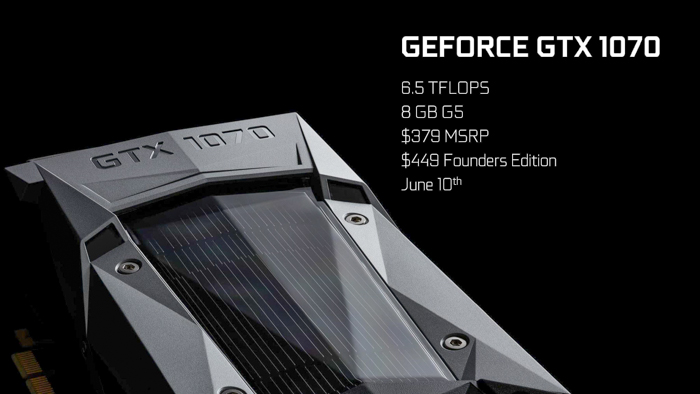
For this GPU product cycle, Nvidia has decided to get back to selling its own original graphics cards away from OEMs, which it is now calling “Founders Edition” units. This is basically Nvidia’s new naming scheme for what used to be called “reference designs.” These cards featuring identical clock frequencies as the plastic-shrouded units shipping to its add-in board partners. However, they receive a heatsink upgrade featuring a metal shroud design, vapor chamber cooling on the inside, a VRM blower fan, and a large alloy heatsink underneath the shroud. Nvidia’s “Founders Edition” cards also ship with backplates by default for additional cooling improvements.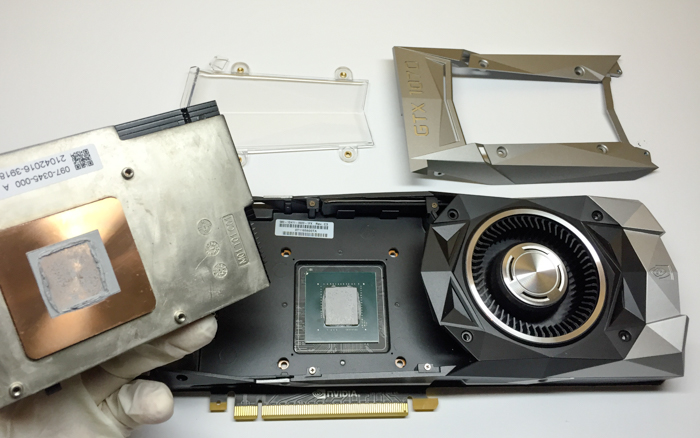
Taking apart the heatsink is a two-step process that first requires unscrewing the polygon-shaped “GTX 1070” aluminum housing and carefully lifting a transparent plastic cover plate from it to avoid scratches. Underneath these two pieces is the actual heatpipe unit, complete with pre-applied thermal paste that sits on top of the GP104-200 GPU. Nvidia’s new heatsink design is very reminiscent of taking apart an Apple product, as there is now an additional level of internal organization that gives the impression of more assembly-level “neatness.” Then again, this is the company’s self-branded product and might serve as a way to differentiate its own heatsink design from those of its add-in board partners.
The Geforce GTX 1070 Founders Edition features a polygon-shaped aluminum shroud with the words “Geforce GTX” spelled out in green LEDs on the side, similar to the GTX 690 and higher flagship cards introduced over the past few years.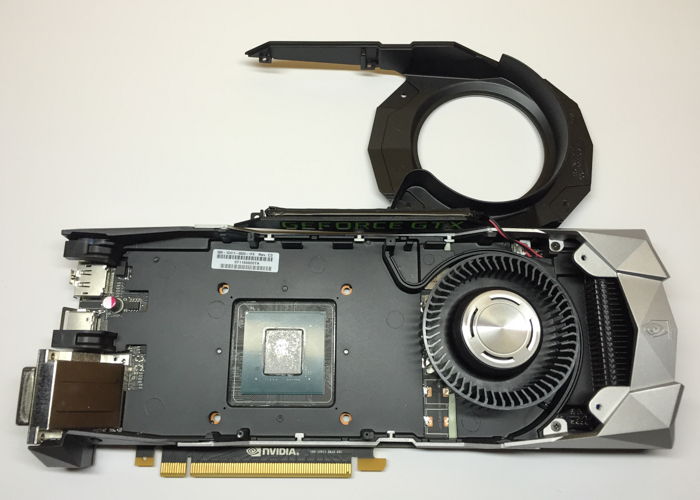
On the inside of the heatsink, there is a removable blower fan that exhausts hot air through the rear I/O plate, and on the front plate is a dual-link DVI port followed by three DisplayPort 1.2 ports (1.3/1.4 "Ready") and an HDMI 2.0b port.